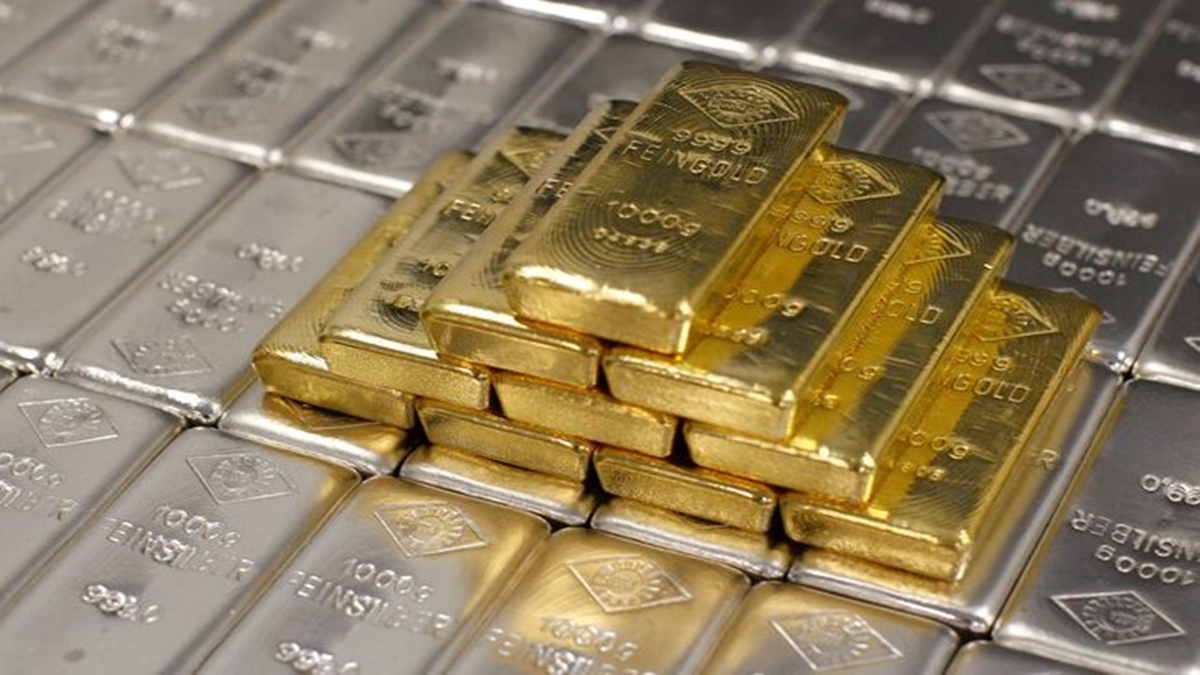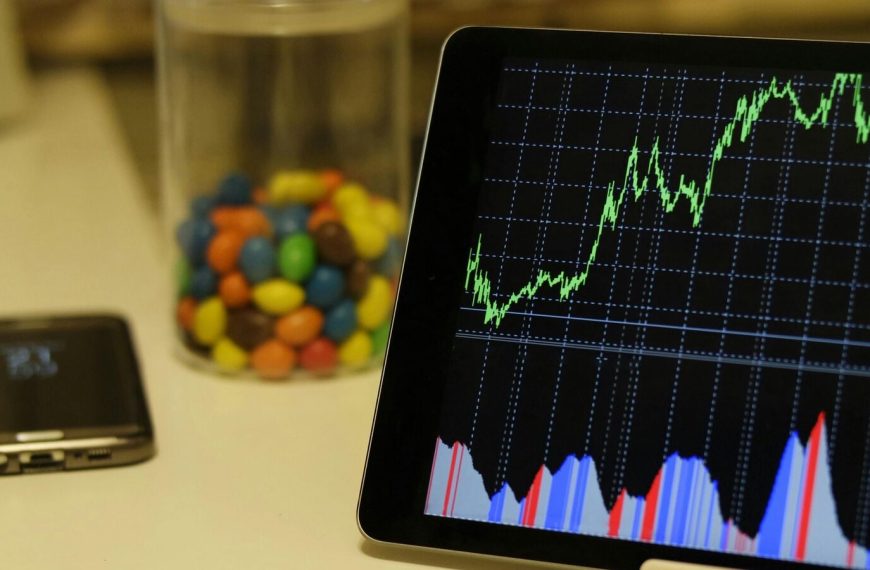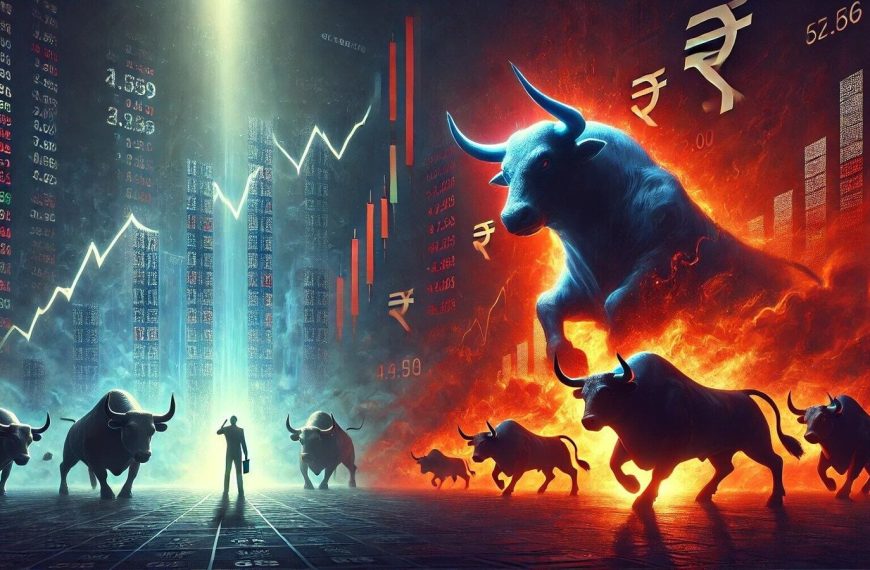The saying "silver is the poor man’s gold" has gained new significance as silver prices surge ahead, outpacing gold in recent weeks. Over the past year, both precious metals have seen remarkable gains of nearly 37%, but silver has truly shined, boasting an 8.80% increase compared to gold’s 6.70% rise in just the last month. As of today, gold prices have reached a staggering $3,080, marking an unprecedented all-time high.
The Silver Market’s Rise
While gold is achieving record heights, silver remains at a crossroads. Historically, the highest price for silver was $49.95 per ounce, a milestone set on January 17, 1980. It came close again in April 2011 when it hit $47.94, but today’s silver prices are still far from these peaks.
After a sluggish start to 2024, silver broke through the $30 barrier on May 17, striking a remarkable 12-year high of $32.33 per ounce by May 20. It then surged to a peak of $34.20 on October 21 before dipping to $28.65 by December 30. However, silver has rebounded substantially and is currently trading around $34.45. Since the lows of under $16 in March 2020, silver has enjoyed a CAGR of 19.4% over the past five years, making it an impressive investment.
What’s Fueling Silver’s Surge?
So, what’s behind this upward trend in silver prices? The factors driving silver’s value are quite similar to those affecting gold. Both metals have historically been regarded as valuable assets and effective hedges against inflation.
- Geopolitical Uncertainty: Current global tensions and potential trade wars, particularly influenced by U.S. tariffs, are contributing to increased demand for both gold and silver.
- Industrial Demand: Silver’s essential role in emerging industries such as electric vehicles (EVs) and solar energy adds an additional layer of demand, further boosting prices.
Looking ahead, experts predict that silver demand may outstrip supply by 2025. Forecasts estimate that demand will reach 1.20 billion ounces, while total global supply is expected to remain around 1.05 billion ounces. Although silver mining is projected to rise by 2% to 844 million ounces, this gap is expected to continue driving prices upward.
The Gold-Silver Ratio: What It Means for Prices
Could silver prices continue to rise? If we consider the gold-silver ratio, the answer is yes. This ratio indicates how many ounces of silver are needed to purchase a single ounce of gold. Historically, the ratio was around 70:1 in the late 1980s. Currently, with gold priced at $3,080 and silver at $34.45, the ratio has climbed to 90:1. This suggests that silver remains undervalued, hinting at potential for further price increases if the ratio returns to its historical average.
Potential Roadblocks to Silver’s Growth
What could disrupt this bullish trend for silver? An increase in supply is a significant factor to watch. Current silver mining activities are ramping up in countries like Mexico, Australia, Russia, and Peru, which are major producers. These mines feed manufacturing sectors in China, India, and other countries, particularly in jewelry production. If supply continues to increase, we might see a price correction, but that scenario seems to be a few years away.
Conclusion: Is Silver a Smart Investment?
Diversifying your investment portfolio with silver, especially after its recent performance, may seem tempting. However, it’s crucial to approach this decision thoughtfully, considering your risk profile and long-term financial goals. Whether silver belongs in your investment strategy is uncertain; only time will reveal if we are witnessing a golden era for silver.
Further Reading:











